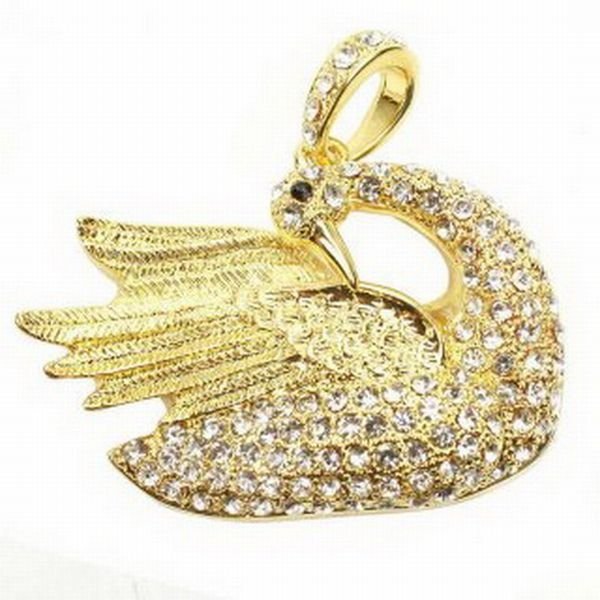|
|
Usb Jewelry
|
Hardware designers later developed EEPROMs with the erasure region broken up into smaller "fields" that could be erased individually without affecting the others. Altering the contents of a particular memory location involved copying the entire field into an off-chip buffer memory, erasing the field, modifying the data as required in the buffer, and re-writing it into the same field. This required considerable computer support, and PC-based EEPROM flash memory systems often carried their own dedicated microprocessor system. Flash drives are more or less a miniaturized version of this.
The development of high-speed serial data interfaces such as USB made semiconductor memory systems with serially accessed storage viable, and the simultaneous development of small, high-speed, low-power microprocessor systems allowed this to be incorporated into extremely compact systems. Serial access requires far fewer electrical connections for the memory chips than does parallel access, which has simplified the manufacture of multi-gigabyte drives.
Computers access modern flash memory systems very much like hard disk drives, where the controller system has full control over where information is actually stored. The actual EEPROM writing and erasure processes are, however, still very similar to the earlier systems described above.
Many low-cost MP3 players simply add extra software and a battery to a standard flash memory control microprocessor so it can also serve as a music playback decoder. Most of these players can also be used as a conventional flash drive, for storing files of any type.
|
|









